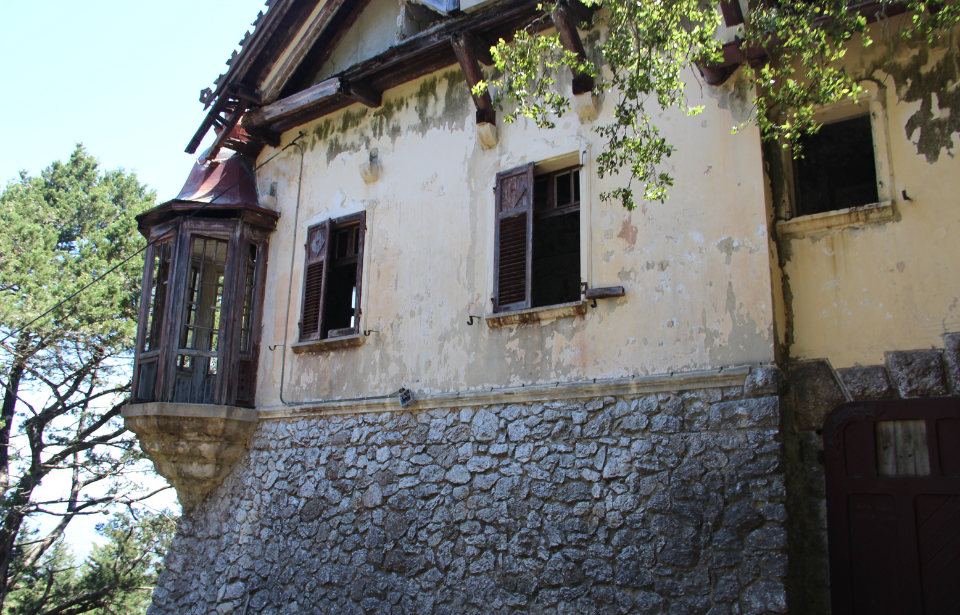FamousJust because he was one of history’s most notorious dictators doesn’t mean that Benito Mussolini didn’t want to have a relaxing retirement. Before the Second World War even started, he had made plans to retire to the Greek island of Rhodes where he would live out the rest of his days in the comfort of an elaborate and elegant villa. Those plans never came to fruition.
Mussolini and the Second World War
After years of campaigning for a dictatorship in Italy, Mussolini became prime minister on October 31, 1922. He was generally well regarded by his people in the early years, despite his questionable election practices to ensure he stayed in power. On May 22, 1939, he signed the Pact of Steel, allying Germany, Italy, and Japan for the duration of the war.
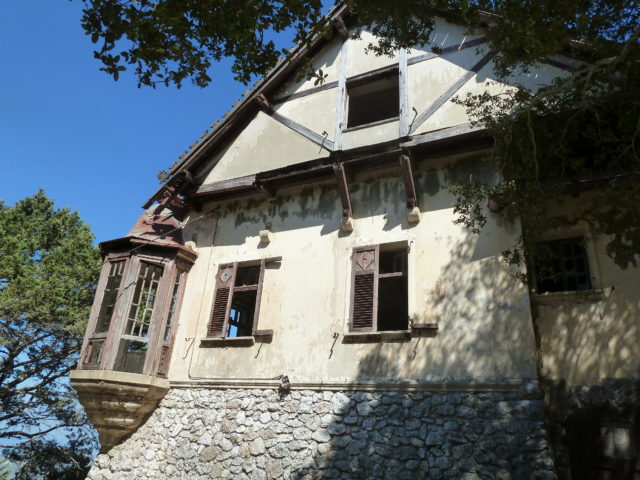
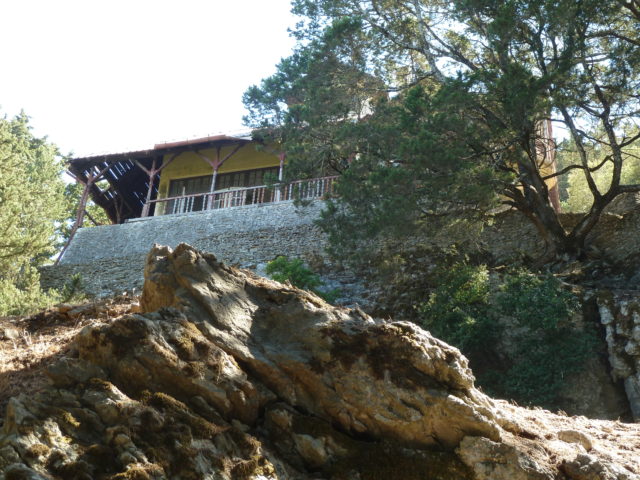
Soon enough, Italy marched into battle alongside its German allies. As the war waged on, it became obvious that the Axis powers were going to lose, especially after the Allied invasion and subsequent advance into Sicily in July of 1943. Later the same month, the Fascist Grand Council met and voted Mussolini out of power.
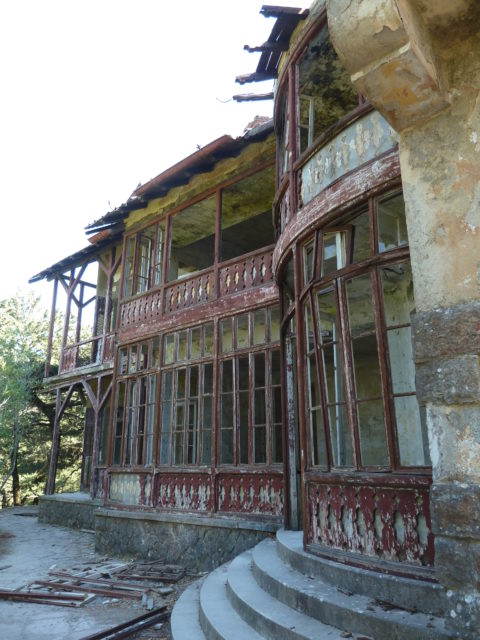
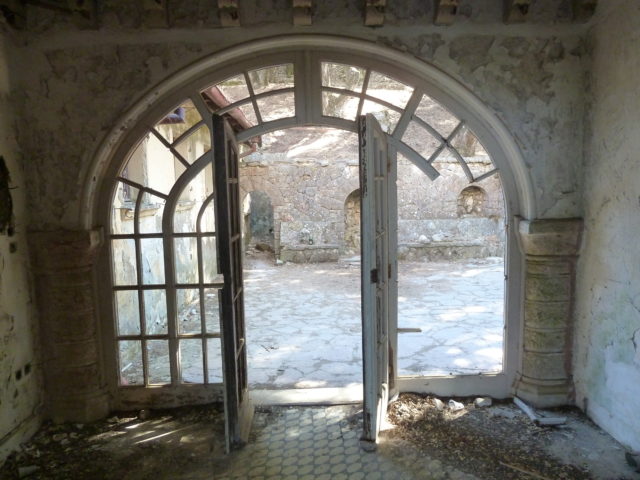
The following day he was arrested and sent for imprisonment on the island of Ponza. His allies came to the rescue and he was eventually extracted by German troops. Mussolini remained in the north of his country as he refused to leave, a decision that sealed his fate. He and his mistress were shot on April 28, 1945, never making it to his retirement home.
Plans for retirement
The villa was built in 1936 by Count Cesare De Vecchi, one of Mussolini’s loyal followers. He lived in the villa for many years after construction was complete, having been appointed the governor of the Dodecanese islands. They were a series of 15 large and 150 small Greek islands that came under Italian control in 1912.
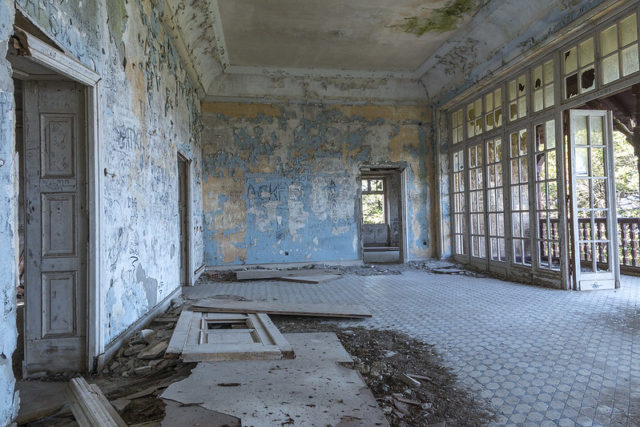
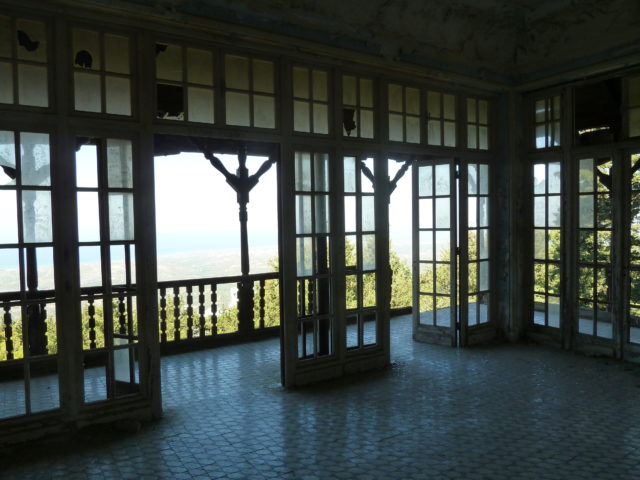
Rhodes was one of them. While the islands as a whole were intended to bolster a new Roman empire, Rhodes had a different purpose. Mussolini wanted to turn it into a powerful naval base that he could use to launch attacks against the surrounding areas, so it became the home of the Royal Italian Navy.
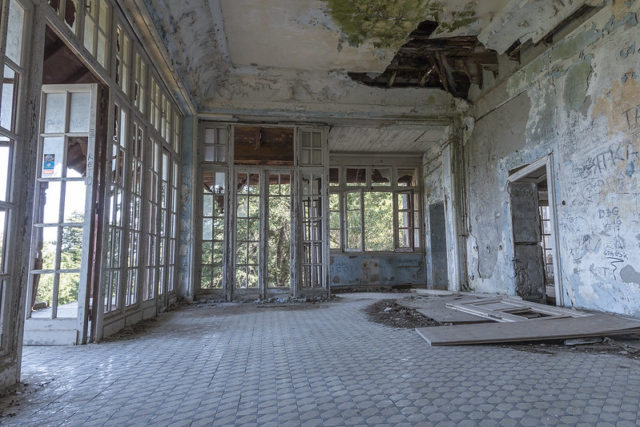

Given the dictator’s death near the end of the war, he never actually visited the villa, and he certainly never got the retirement that he planned for himself. Instead, the island was abandoned by the Italians. Ultimately, it was transferred back to Greece in 1947.
Abandonment
In the years that followed, the villa only fell into worse and worse condition, despite it once being an elegant building with an incredible view looking down to the Aegean Sea. Some believe that this disrepair was purposeful, as a way of remembering that Count Vecchi had treated the locals horrifically while he lived there.
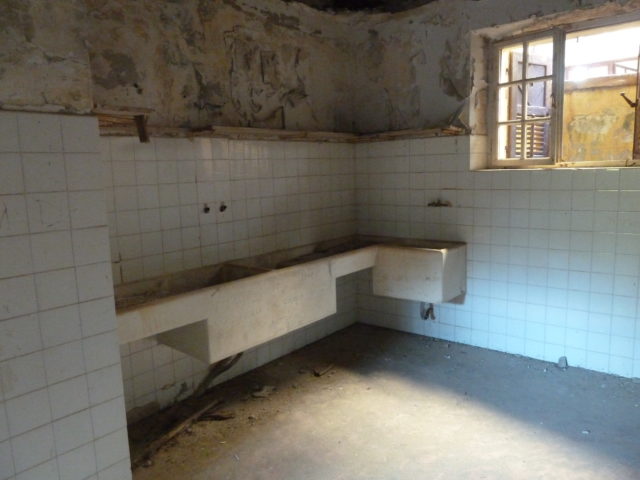
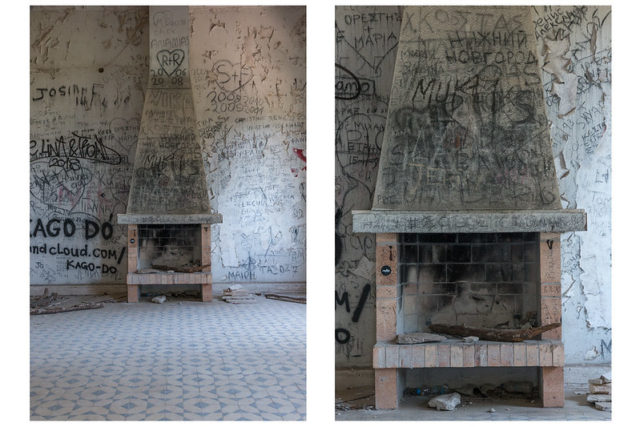
The villa still stands, as does the chapel with elegant stained glass that was built on the property. The remainder of the estate is covered in graffiti, with only the ceilings free of the unwanted decoration. In the mid-2010s, the Greek government made moves to lease the property out for 50 years.
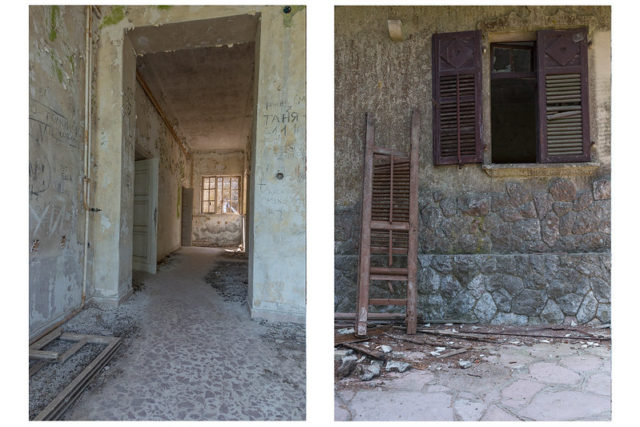
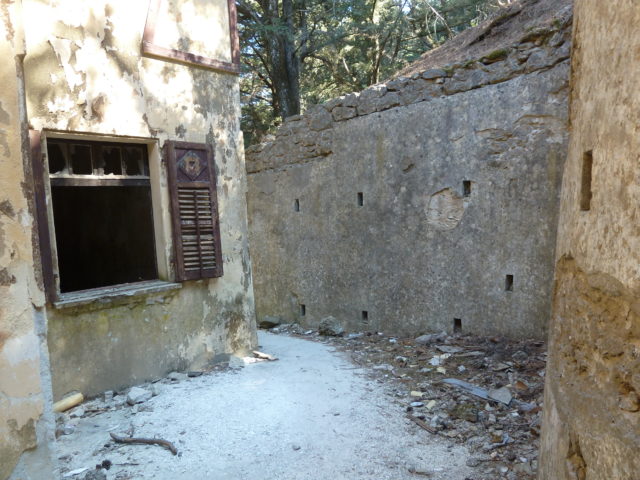
More from us: The Ghost Town of Craco Offers a Glimpse Into Medieval Italy
They hoped that by placing the villa and 13 other hotels and hospitals on the market they would be able to pay down their country’s massive debt. It was officially listed in 2014 by the Hellenic Republic Assets Development Fund and, as of 2020, had not yet sold. It does, however, remain an extremely popular tourist destination.
